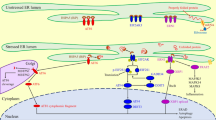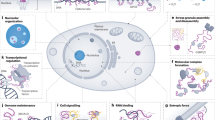Abstract
During the last decade, network approaches became a powerful tool to describe protein structure and dynamics. Here we review the links between disordered proteins and the associated networks, and describe the consequences of local, mesoscopic and global network disorder on changes in protein structure and dynamics. We introduce a new classification of protein networks into ‘cumulus-type’, i.e., those similar to puffy (white) clouds, and ‘stratus-type’, i.e., those similar to flat, dense (dark) low-lying clouds, and relate these network types to protein disorder dynamics and to differences in energy transmission processes. In the first class, there is limited overlap between the modules, which implies higher rigidity of the individual units; there the conformational changes can be described by an ‘energy transfer’ mechanism. In the second class, the topology presents a compact structure with significant overlap between the modules; there the conformational changes can be described by ‘multi-trajectories’; that is, multiple highly populated pathways. We further propose that disordered protein regions evolved to help other protein segments reach ‘rarely visited’ but functionally-related states. We also show the role of disorder in ‘spatial games’ of amino acids; highlight the effects of intrinsically disordered proteins (IDPs) on cellular networks and list some possible studies linking protein disorder and protein structure networks.
Similar content being viewed by others
Article PDF
Author information
Authors and Affiliations
Corresponding author
Rights and permissions
About this article
Cite this article
Csermely, P., Sandhu, K., Hazai, E. et al. Disordered proteins and network disorder in network descriptions of protein structure, dynamics and function. Hypotheses and a comprehensive review. Nat Prec (2011). https://doi.org/10.1038/npre.2011.5608.1
Received:
Accepted:
Published:
DOI: https://doi.org/10.1038/npre.2011.5608.1



